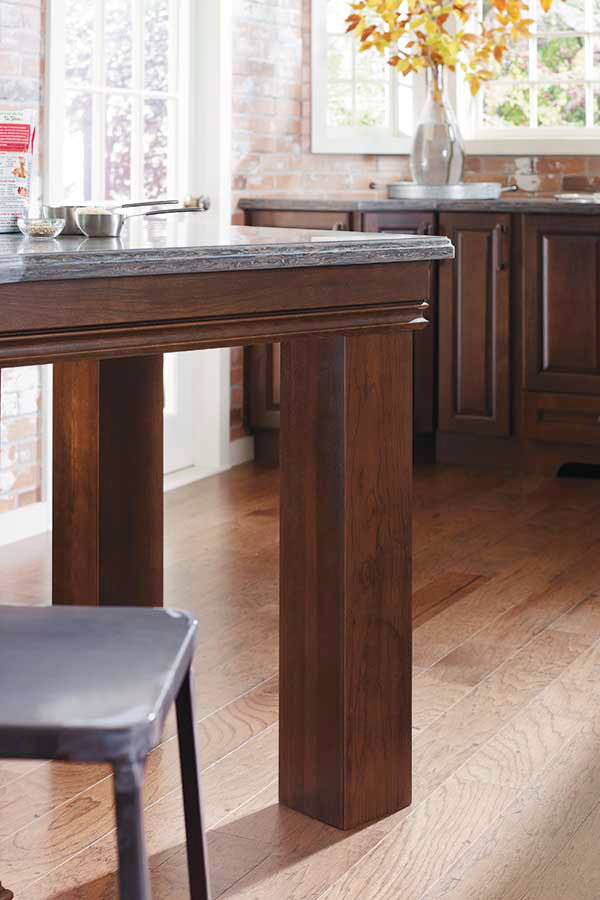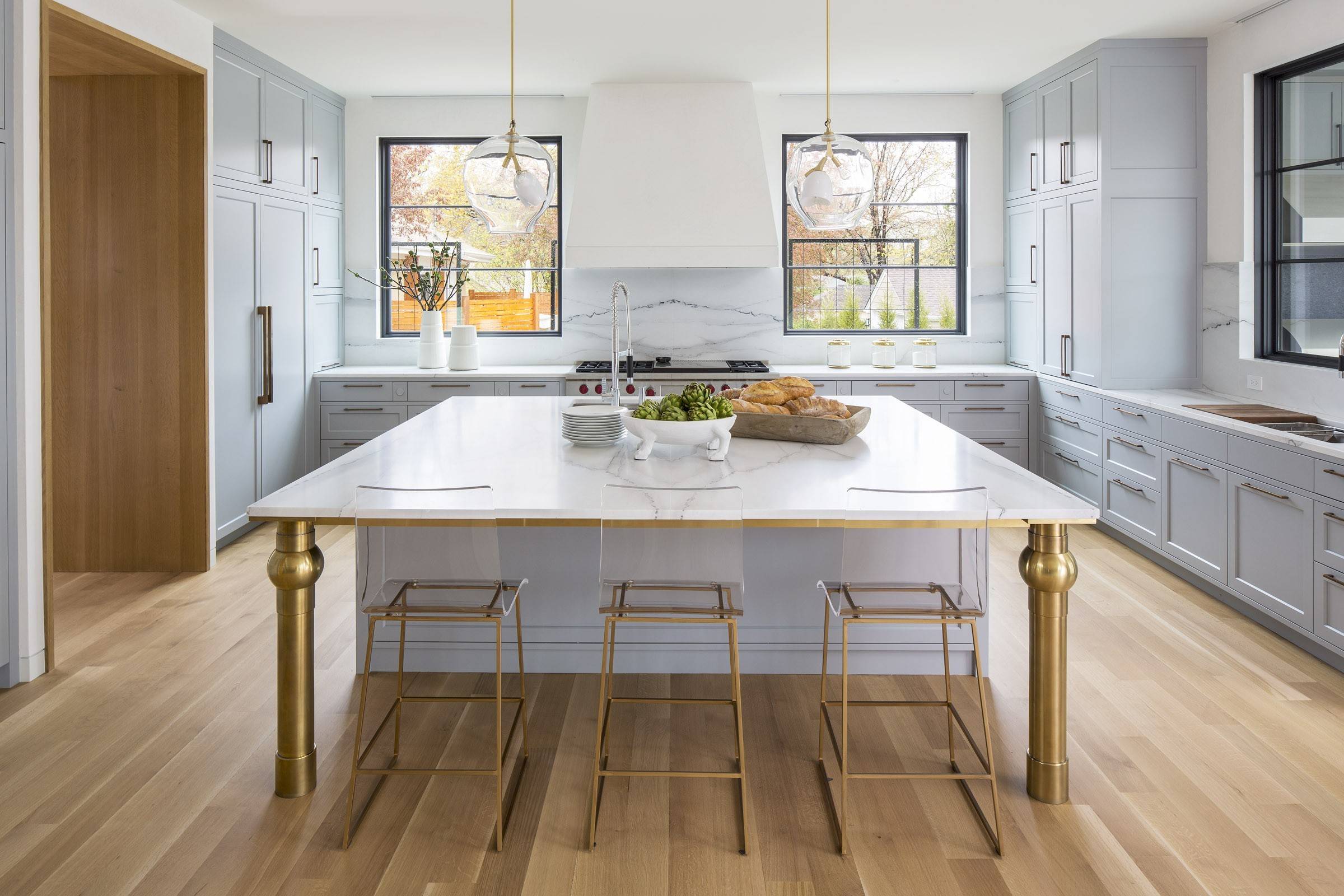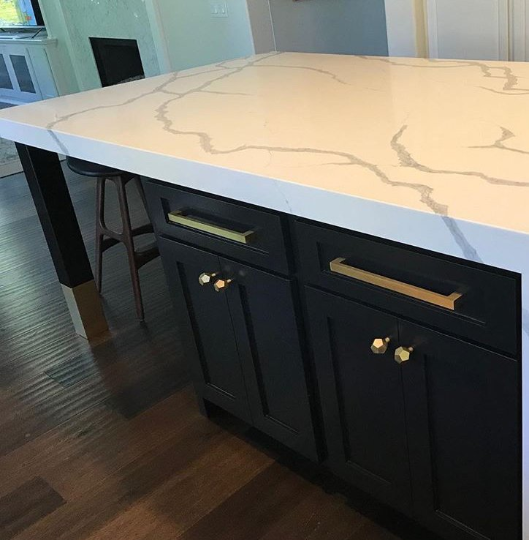Kitchen Island Legs: Add Capability and Style to Your Room
Kitchen Island Legs: Add Capability and Style to Your Room
Blog Article
Vital Tips for Selecting the Perfect Table for Your Kitchen
Choosing the best eating table for your cooking area is even more than simply a matter of preference; it necessitates a comprehensive understanding of your area and needs. The form of the table plays a critical function; while rectangular tables fit larger locations, rounded ones foster affection, and extendable choices provide adaptability. The table must balance with your kitchen area's aesthetics and accommodate your household easily.
Step Your Room
Picking the optimal eating table starts with a precise assessment of your offered space. This fundamental action guarantees that the table not only fits conveniently within the area however also enhances the total format and capability of your dining area.
Take into consideration the flow of movement around the table. It is vital to leave appropriate room for chairs to be drawn out and for individuals to move around the table without blockage. A basic rule of thumb is to enable at the very least 36 inches of clearance from the side of the table to the local wall surface or item of furniture. This makes certain ease of gain access to and convenience throughout meals.
Additionally, think of the number of people you commonly amuse and whether you need extra space for guests. Selecting an extendable table can give adaptability, allowing you to suit differing varieties of diners. By precisely measuring your room, you prepared for picking a table that enhances both the visual appeals and capability of your eating area.
Choose the Right Shape

On the other hand, round tables are excellent for smaller sized kitchens or intimate celebrations, as they advertise conversation by permitting every person to encounter each various other. They likewise offer a sense of comfort and can fit well in tighter areas due to their absence of sharp corners. Oblong tables use the most effective of both globes, incorporating the length of rectangle-shaped tables with the affection of rounded ones, making them functional for various settings.
Square tables are one more choice, particularly fit for square-shaped areas. They develop a modern and in proportion look, cultivating an equivalent dining experience for all seated.
Product Considerations
When choosing an eating table, material considerations are paramount in establishing the table's toughness, upkeep needs, and overall aesthetic. Timber is a timeless option, offering timeless charm and toughness.
Glass-topped tables offer a modern-day, smooth appearance and can make a space show up bigger due to their transparency. They require regular cleansing to prevent smudges and finger prints. Additionally, tempered glass is suggested for its extra stamina and safety and security.

Last but not least, composite materials like MDF (Medium-Density Fiber board) or plywood are budget-friendly options. These materials can mimic the appearance of strong wood but might not provide the same long life. They are normally simpler to tidy however can be prone to water damage if not properly sealed.
Ultimately, the selection of product should align with your kitchen area's design, your way of life description needs, and your budget constraints. (kitchen island legs)
Seating Capability and Comfort
Exactly how do you determine the best seats capability and convenience for your table? This critical step includes assessing both the physical area available in your kitchen area and your house's functional needs. Begin by determining your kitchen location to make certain the table fits easily, enabling at the very least 36 inches of clearance around it for very easy movement. Think about the number of people who normally dine together, as this will certainly influence the table dimension. For a family members of four, a rectangle-shaped table of 48 inches long or a round table with a 48-inch size is usually sufficient.
Convenience is equally vital. The elevation of the table ought to preferably be around 30 inches, providing a well balanced ergonomic position for seated restaurants. Chairs need to have a seat elevation of 18 to 20 inches to make sure a comfy eating pose. In addition, think about the chair style; helpful back-rests and upholstered seats can improve dining comfort dramatically, especially throughout extended meals.
Design and Aesthetics
Choosing an eating table that suits your style and appearance includes stabilizing individual preference with the existing style of your dining area. The table is typically the centerpiece of the kitchen, and its design must match the total theme of the room. Whether your cooking area boasts a contemporary, minimalist look or a rustic, farmhouse beauty, look here the table you select ought to balance with these aspects to create a cohesive and welcoming environment.
Take into consideration materials thoroughly; wood provides a timeless charm and can vary from abundant mahogany for a conventional aim to lighter oak for a contemporary feeling. Metal and glass tables, on the various other hand, can introduce a sleek, commercial side to your kitchen. Do not neglect the table's form-- rectangle-shaped tables are functional and traditional, while round and oval choices can cultivate a more intimate dining experience.
In addition, pay very close attention to finishes see this page and information. A distressed surface may add character and warmth, whereas a glossy surface area can add to a clean, modern aesthetic. Eventually, your table should not only in shape perfectly into your cooking area's design but additionally mirror your individual design, boosting the space both functionally and aesthetically.
Conclusion
To conclude, selecting the excellent dining table for a kitchen requires cautious examination of room, shape, product, seating ability, and aesthetic harmony. Making sure a minimal clearance of 36 inches assists in comfortable motion, while the choice of shape enhances spatial characteristics. Material selection effects sturdiness and layout, making it crucial to align with the cooking area's general visual. Inevitably, a well-chosen dining table fosters an inviting environment and suits the house conveniently, therefore boosting the eating experience.

When picking a dining table, product considerations are extremely important in figuring out the table's toughness, upkeep requirements, and total aesthetic. For a family members of 4, a rectangle-shaped table of 48 inches long or a round table with a 48-inch size is normally adequate.
Do not forget the table's form-- rectangle-shaped tables are traditional and versatile, while round and oblong choices can foster a more intimate dining experience. kitchen island legs.
Report this page